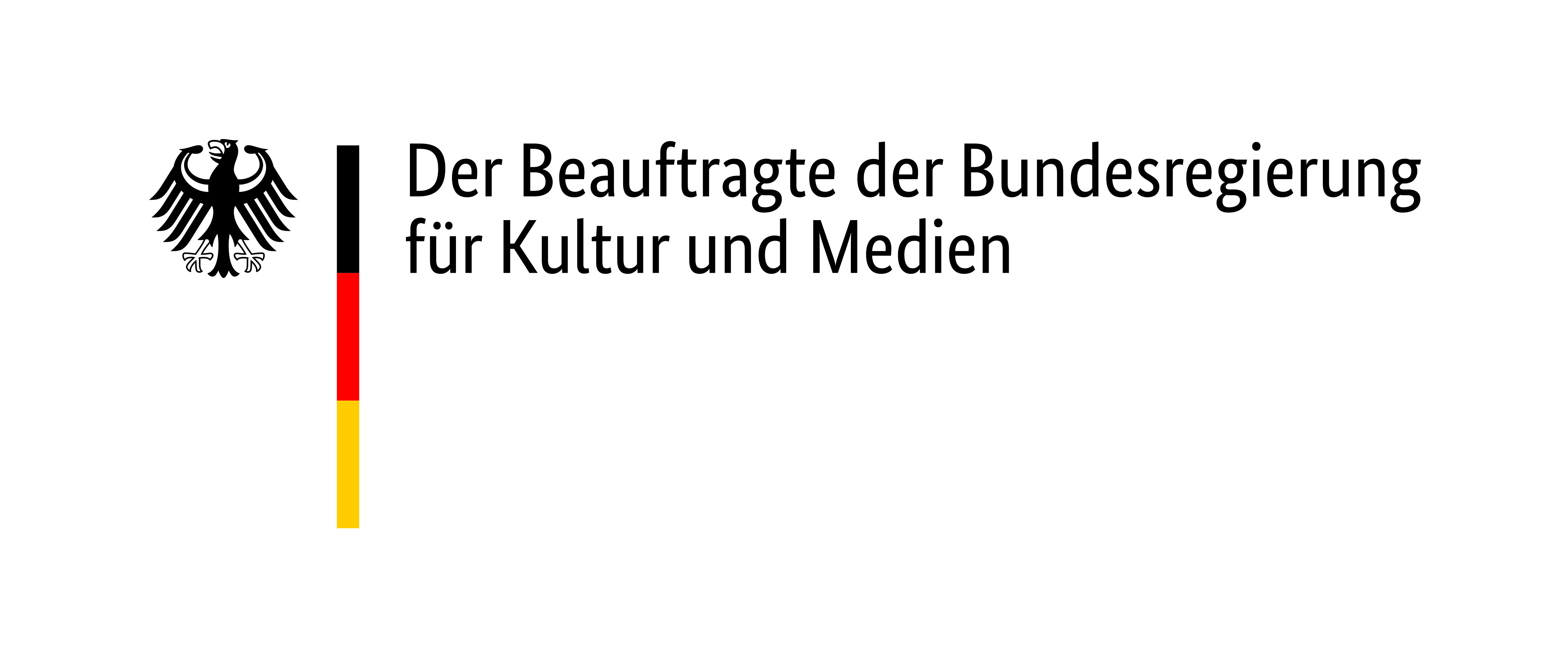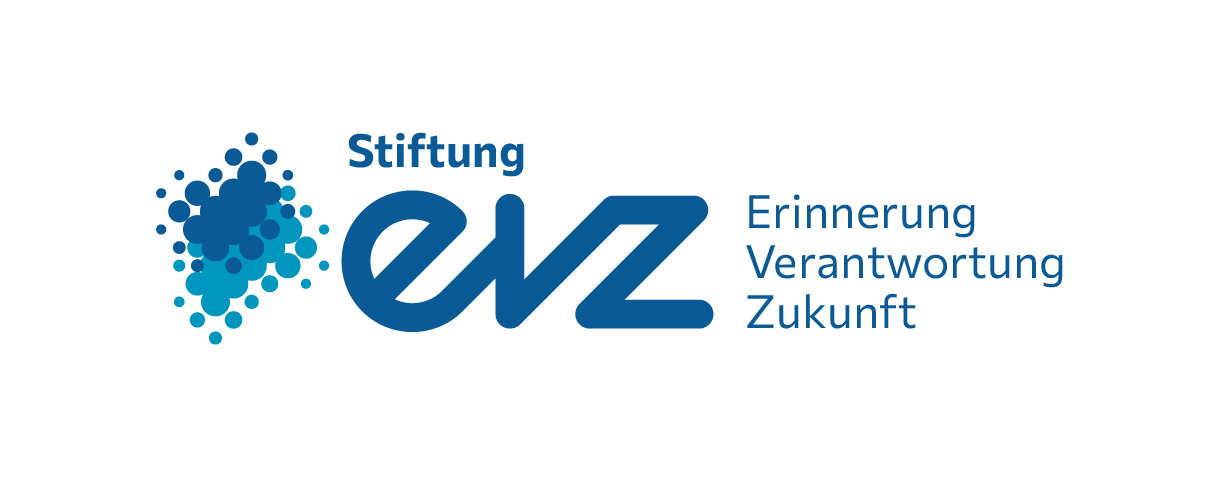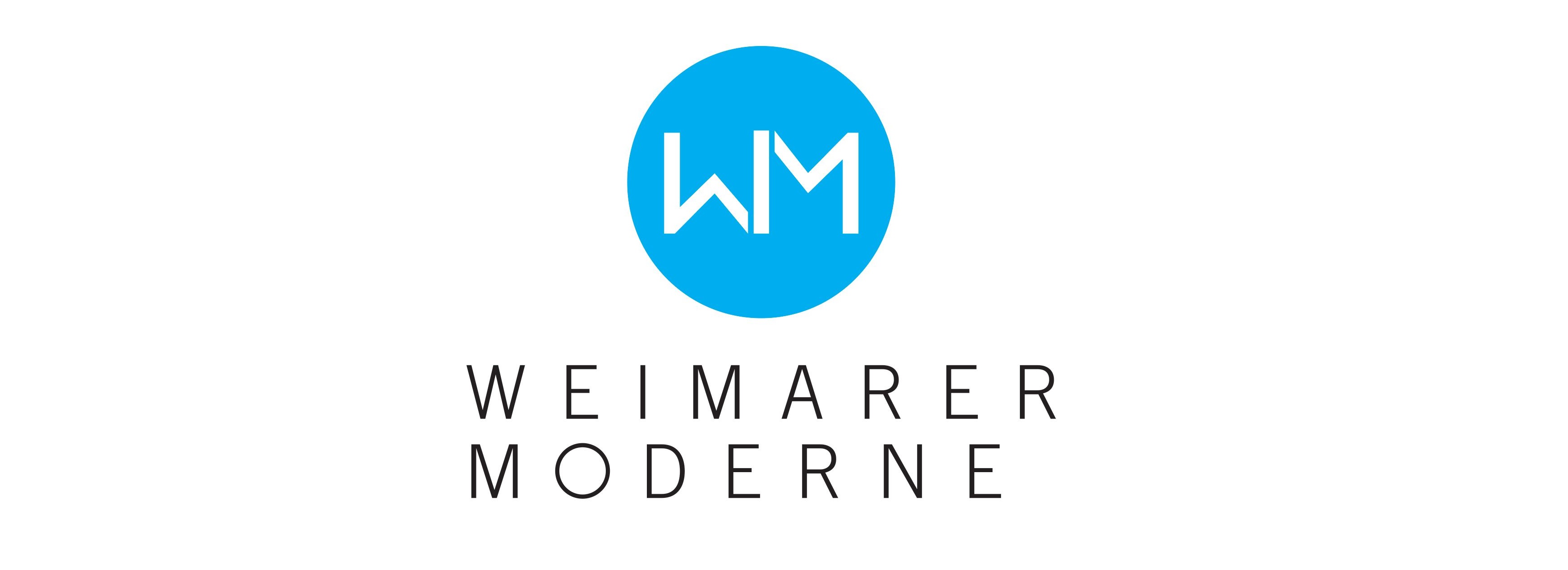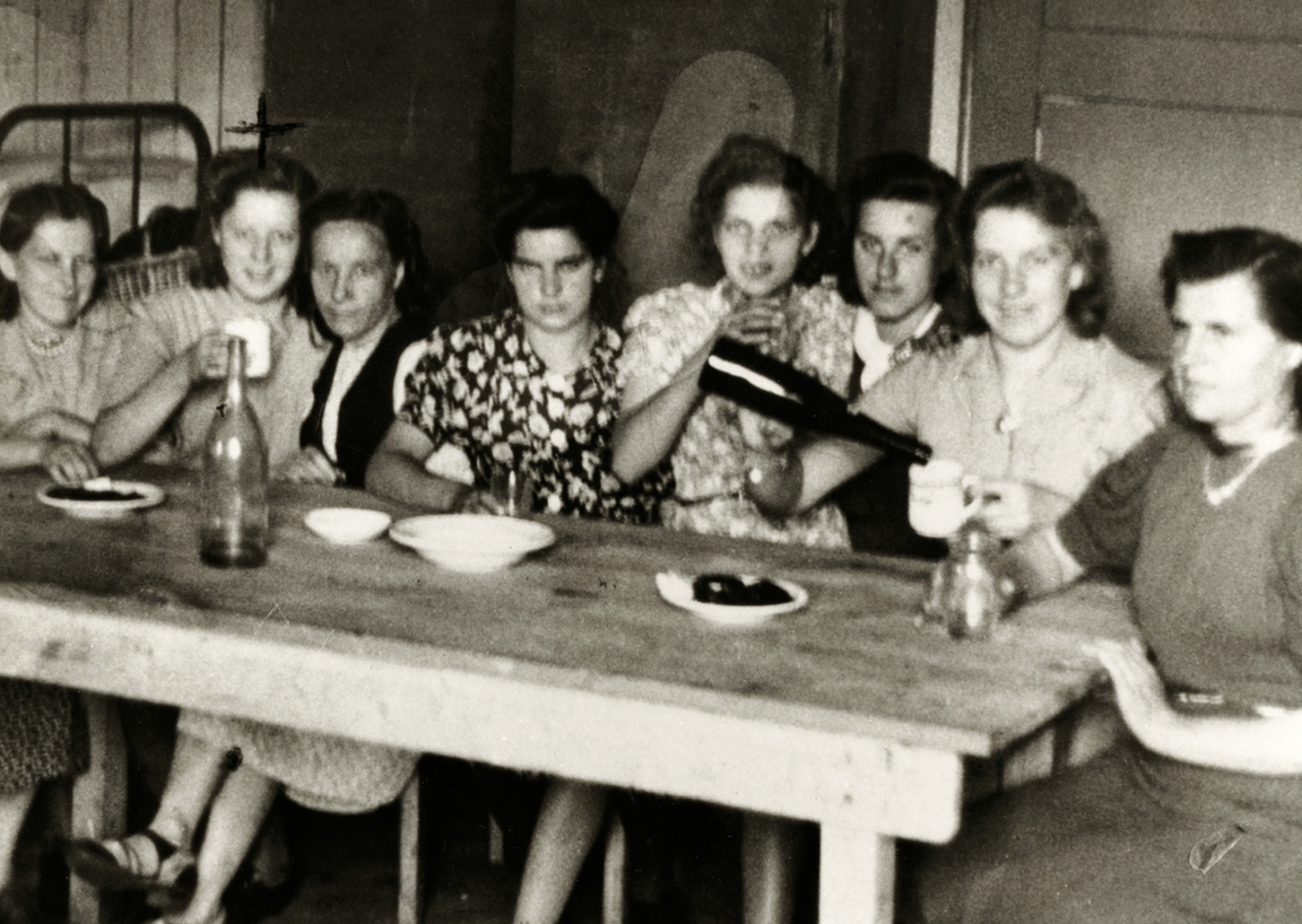
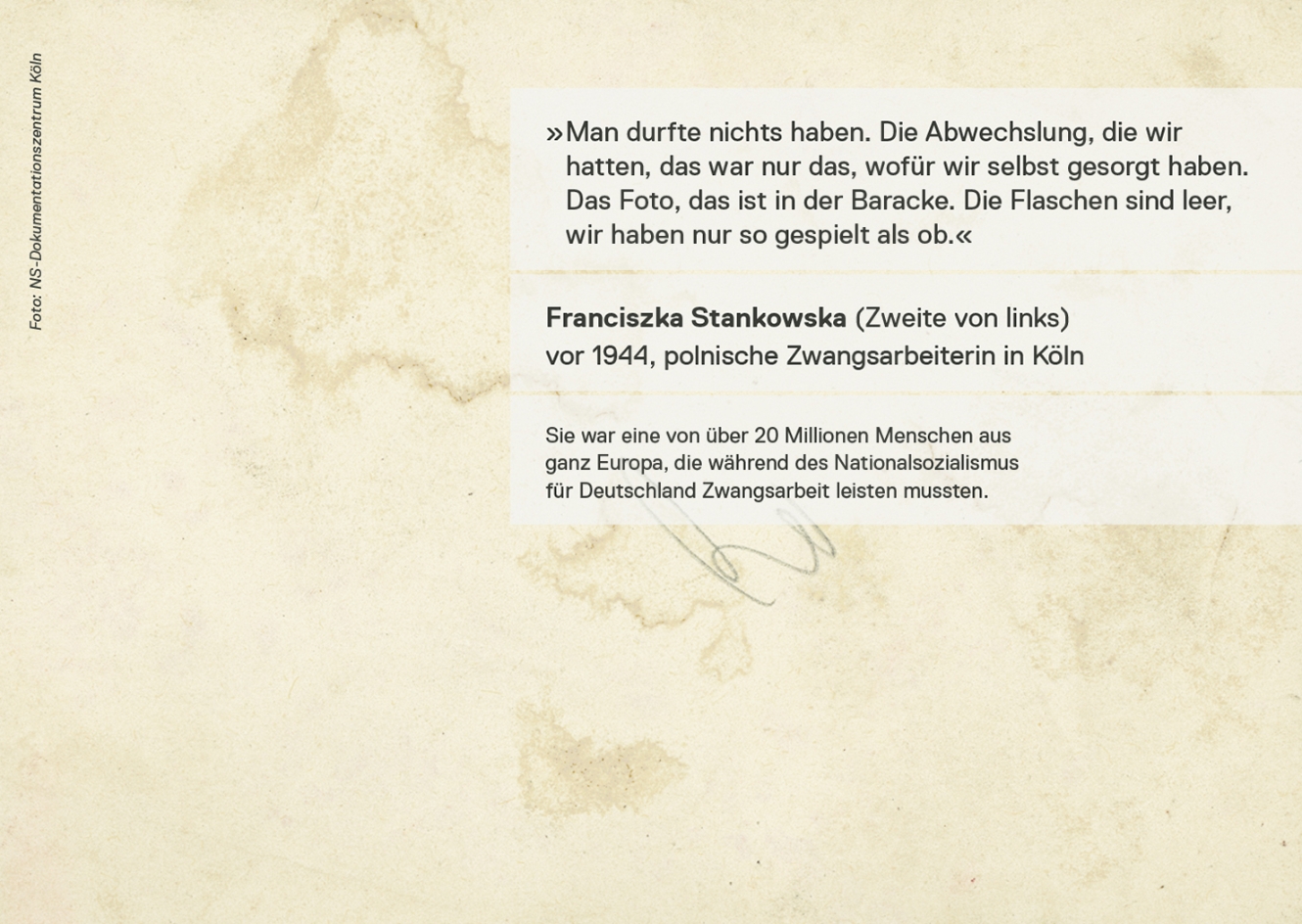
Together with Polish forced laborers from her barracks, Franciszka Stankowska posed as if enjoying a social gathering. This unusual commentary on her poor living conditions testifies to her determination not to succumb to the German control over her life. At the same time, the photograph represents the wishes and desires of forced laborers: to sit together free of cares and have enough to eat and drink.
On the photograph, Franciszka Stankowska is the second from the left. To her right sits her best friend Stasia, who died in a bombardment in 1944. According to an interview with Franciszka Stankowska, male forced laborers had purchased, or as she said "procured," the camera.
Franciszka Stankowska was deported in 1940 together with her parents and her sister from a village near Poznań and transported to Cologne to perform forced labor for the Reichsbahn, the German rail company. At the time she had just turned fourteen. Her work consisted of cleaning the exterior of passenger cars. She was forced to live in the Deutzersfeld camp together with her mother and her sister. She saw her father during work hours, since he lived in the male barracks.
She talked about her everyday routine at the NS-Documentation Centre of the City of Cologne in 1993: “We had to get up between five and six in the morning, and one had to stand in line with a bowl in order to get coffee, soup, or bread. The bread was very poor, sometimes containing sawdust, which caught in the throat. We were so hungry, we had to eat it.”
She was one of over 20 million people from all over Europe, who had to perform forced labor for Germany under National Socialism.

